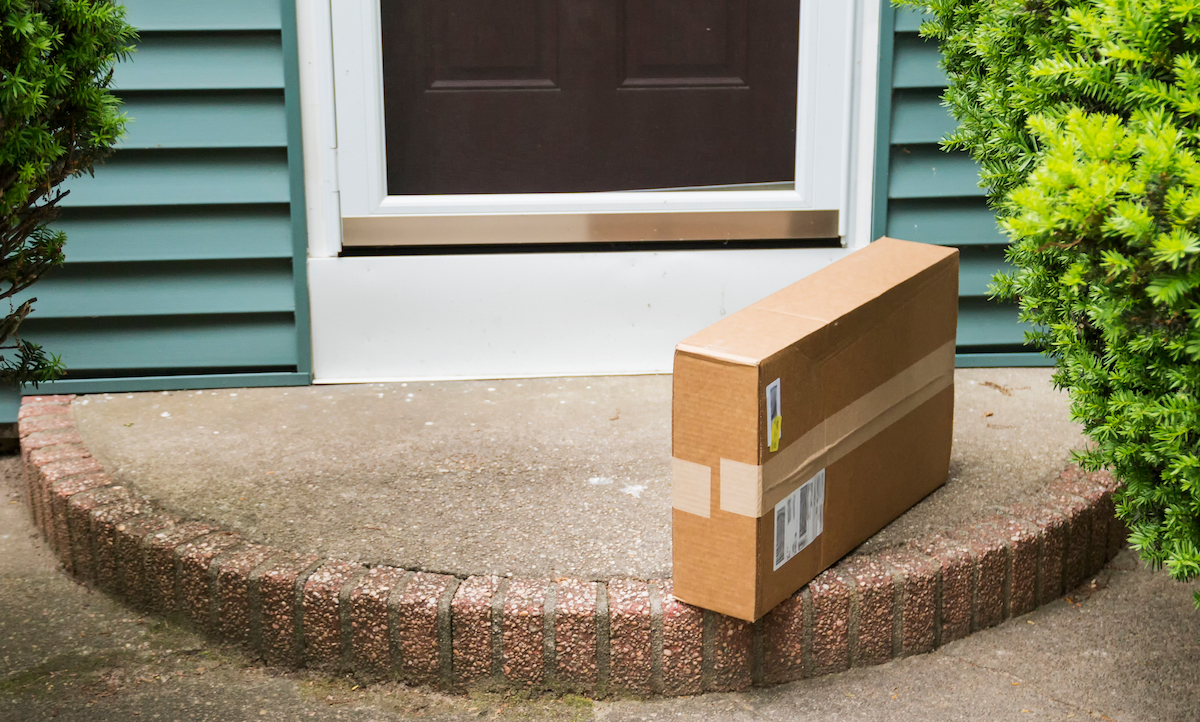One front is software. Who can build the smartest artificial intelligence agent to guide shopping behaviors?
The other is logistics. Who can deliver faster, cheaper and more conveniently?
Retail innovation, long focused on eCommerce platforms and omnichannel strategies, is now undergoing a deeper shift. It is moving toward intelligent, adaptive and anticipatory commerce ecosystems where customer intent is inferred, not declared, and where logistics is not a back-end operation but a real-time, AI-optimized service.
In a market where speed, personalization and predictive commerce increasingly matter more than discounts, the implications go beyond retail.
Read also: How the Platformization of Payments Is Powering Omnichannel Retail
Agentic AI Embraced as an Emerging Growth Engine
Amazon expects agentic AI customers, autonomous software agents acting on behalf of users, to become a key driver of future growth. These AI agents are treated as enterprise customers, using AWS tools to automate retail transactions. CEO Andy Jassy said during a second-quarter earnings call July 31 that Amazon is preparing for enterprise AI agents to shape demand across the platform.
Retailers will need to retool for this new mode of shopping. Personalized recommendations will give way to agent-driven decision loops, where AI not only suggests but executes. This means building infrastructure that can support agent-to-agent commerce, where a consumer’s personal assistant interacts with a retailer’s inventory bot, pricing API or promotions engine to finalize transactions in milliseconds.
Still, others may need to build their own walled gardens. Amazon updated its website code July 30 to block AI shopping tools from Google from crawling product listings. It has taken similar precautions with bots from companies like Perplexity, Anthropic and OpenAI.
With super agents handling more of the shopping experience, the context and timing of advertising might also be determined by AI, not human browsing behavior. This opens new ad formats, such as sponsored prompts, dynamic AI conversations and predictive product placements.
Not to be outdone, Walmart is rolling out a unified suite of its own AI “super agents” designed to serve customers, employees, suppliers and developers. The company is counting on AI to fuel its online growth as it aims for eCommerce to make up half of its sales within five years.
Finally, the convergence of AI and logistics may reshape competitive moats in retail.
Historically, scale, supplier relationships and shelf space dictated power. Now, data flywheels, AI model quality and fulfillment responsiveness become the new vectors of defensibility.
Retailers that can gather richer context (across devices, verticals and behaviors) will be able to train better models, generate deeper intent signals, and offer more compelling experiences.
Same-Day Delivery Becomes Everyday War During Summer Sales Season
A July PYMNTS Intelligence report, “Speed Versus Spend: Who Shopped Amazon and Walmart’s Deal Days and Why,” found that during the emerging head-to-head retail titan battle during Prime Week, Walmart surpassed Amazon in same-day delivery performance. Among grocery-only customers, 48% used same-day delivery with Walmart, versus 36% for Amazon. For combined grocery and non-grocery orders, Walmart led with 41% same-day delivery, while Amazon reached 29%.
On top of that, 21% of Walmart’s grocery-only shoppers opted for in-store or curbside pickup instead of delivery, which was an option used by fewer than 2% of Amazon’s grocery shoppers. This data underscores Walmart’s incumbent omnichannel advantage due to its stores and fulfillment strategy.
Walmart’s hybrid model, mixing store fulfillment, curbside pickup and home delivery, gives it an edge in instant convenience. Amazon, by contrast, is more heavily reliant on centralized home delivery.
But Amazon’s home delivery innovations could get an unexpected shot in the arm. The U.S. Department of Transportation proposed new regulations Tuesday (Aug. 5) to allow drone operations beyond the visual line of sight without individual waivers, which potentially represents a turning point for commercial drone use. This rule targets broader deployment, including package delivery.
Amazon, which resumed drone testing earlier in 2025 in Texas and Arizona, maintains a stated ambition to deliver 500 million packages annually by 2030. This regulation is seen as essential for scaling that vision.
Ultimately, what Amazon and Walmart are building is not just about faster delivery or smarter shopping assistants. They are constructing the new operating system for retail, one in which AI is not an accessory but the underlying principle and organizing framework.
For all PYMNTS AI coverage, subscribe to the daily AI Newsletter.

